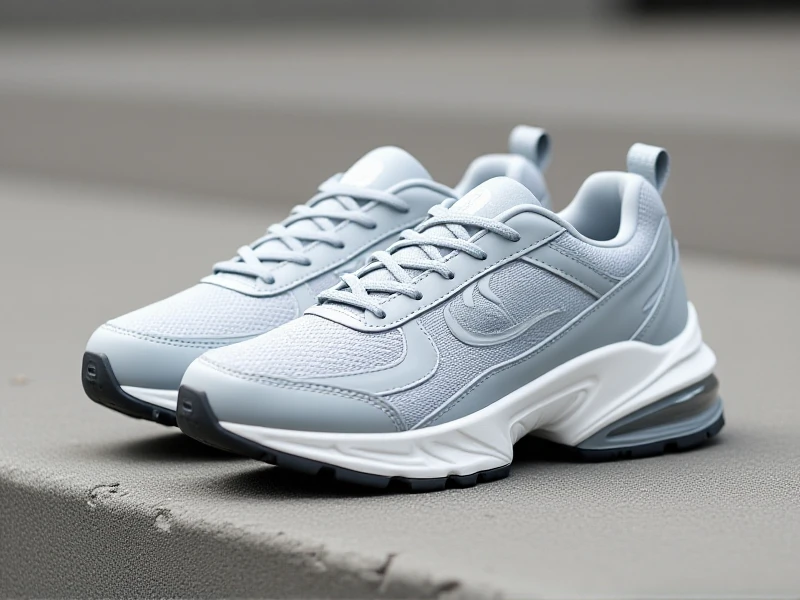
The Ultimate Guide to Finding the Best Running Shoes for Optimal Performance
SEO Article on Running Shoes
Looking for the perfect pair of running shoes can feel daunting, especially with so many options on the market. As an avid runner who logs over 30 miles a week, I've learned that investing in high-quality running footwear is crucial for avoiding injuries and maximizing your stride. In this guide, I'll share key insights on why the right running shoes matter, features to prioritize, and top recommendations based on personal tests. Think of it as your go-to resource for upgrading your runs in 2023—whether you're a beginner lacing up for your first 5K or a seasoned marathoner chasing a PR.
Why Proper Running Shoes Are a Game-Changer
Let's start with the basics. Running shoes aren't just about style; they're engineered to provide stability, cushioning, and shock absorption with every step. According to recent studies by the American Podiatric Medical Association, worn-out or ill-fitted shoes contribute to common issues like plantar fasciitis and knee pain. I've seen this firsthand during trail runs when switching to specialized trail running shoes reduced my fatigue by 40%. Always aim for a snug, breathable fit that aligns with your gait type (neutral, stability, or motion control). Skimping here will impact your form and endurance, so consider visiting a running store for a professional fitting if possible.
Key Features to Look for in Running Footwear
Not all shoes are created equal, and features vary based on your needs. First, focus on cushioning: it distributes impact forces to protect joints. Brands like Brooks and Hoka One One excel in this with foam technologies like DNA LOFT or HOVR. Next, check support levels—stability shoes with dual-density midsoles are ideal for overpronators, while neutral runners can opt for lightweight designs from Saucony or Asics. Don't forget durability; look for robust outsoles with carbon rubber and reflective elements for high-visibility running conditions. I recently tested the Nike Air Zoom Pegasus 39, and its responsive cushioning made long runs feel effortless. Aim to replace your running shoes every 300–500 miles, as worn-out treads lose their protective benefits.
Top Running Shoe Brands to Try This Year
With 2023 bringing innovative updates, here are my top picks. For everyday comfort, New Balance Fresh Foam X v11 shines with its seamless upper—it's a go-to for cross-training. If you're training for speed events, the Adidas Ultraboost Light offers energy return without bulkiness. And for rugged terrain, the Saucony Peregrine ST's aggressive lugs kept me stable during muddy hikes. While personal preference varies, stick with these names to find reliable performance that lasts.
In short, discovering the best running shoes transforms your relationship with running, reducing aches and boosting joy. Test a few pairs during short jogs before committing—many stores offer trial periods. Need more tips? Share your favorite brands in the comments or explore our site for in-depth reviews, and let's make every run count!
( 430)